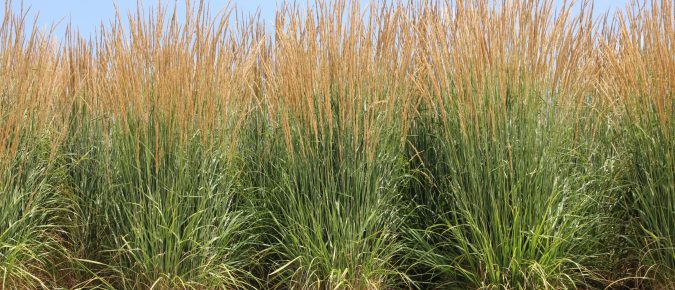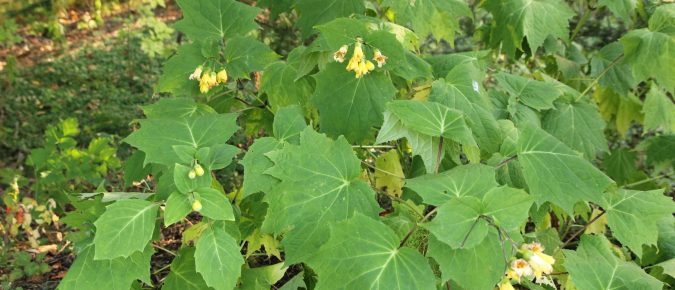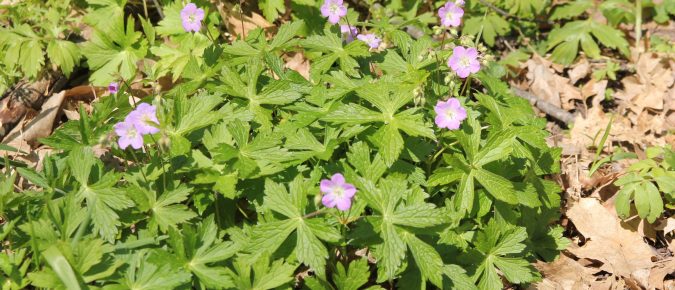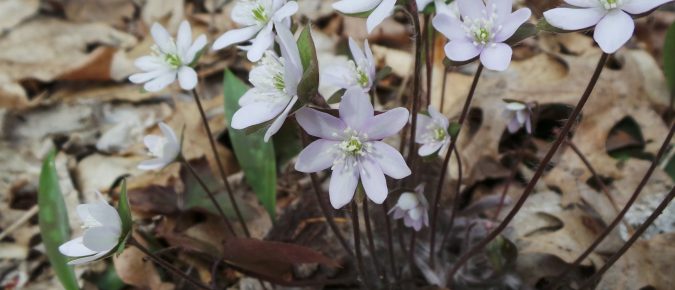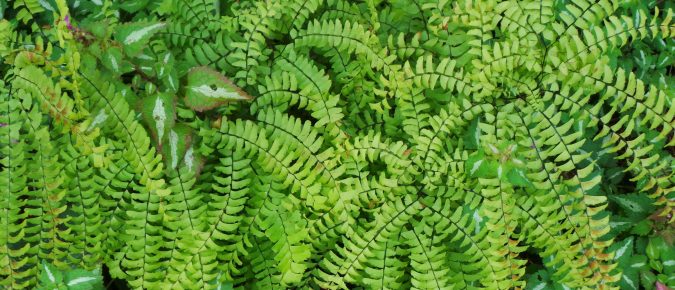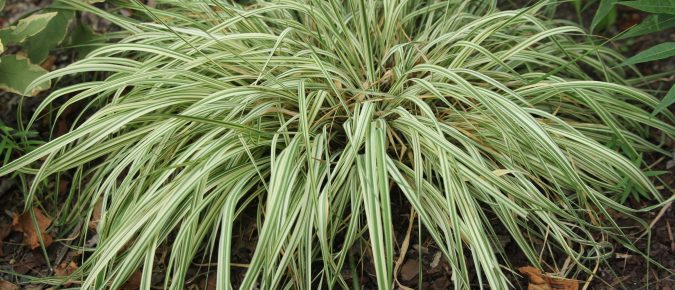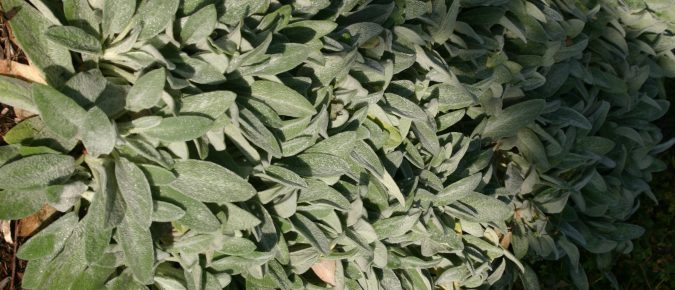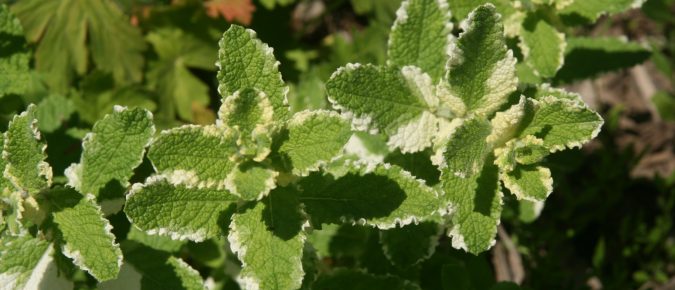‘Karl Foerster’ is an excellent cultivar of the ornamental grass feather reed grass that provides vertical interest with its tall, narrow flower heads. It is very adaptable to many soils, is drought tolerant, and hardy in zones 3-9. Learn more about this low-maintenance plant in this article.
A favorite of returning ruby throated hummingbirds and gardeners alike, Aquilegia canadensis is at its best when it shows off its dangling blooms of red and yellow for several weeks in the spring. This native species is equally at home in naturalized settings and ornamental gardens. To learn more about eastern red columbine, read this article…
Mums, aster and goldenrod are the main players in the autumn garden, with few options for shade perennials that bloom late in the year. An unusual, late-blooming plant for the shade garden with striking foliage is yellow wax bells. Find out more about this plant that comes into its own as everything around it is starting to decline in this article…
If you’re looking for an airy flowering plant with a long bloom period, gaura is a great choice as it starts flowering on long, wispy spikes in early summer and continues through a hard frost – making it useful as an annual where not hardy. There are also many compact cultivars. Learn more about this native North American perennial in this article…
Geranium maculatum is a pretty flowering plant native to eastern North America. In addition to filling natural woodland openings, this herbaceous perennial works well in informal gardens as well, offering loose clusters of pink flowers in late spring to early summer. Learn more about wild geranium in this article…
Spring is heralded in Wisconsin woodlands by a number of wildflowers. One of the earliest of these is Hepatica, with delicate, starry flowers in a range of colors from white to purple. Learn more about these native plants in the buttercup family, whose tri-lobed leaves were once thought to have medicinal properties, by reading this article…
Looking for a native plant with winter interest? Rattlesnake master is an herbaceous perennial from the prairies whose unusual golf ball-like flowers heads are rather sculptural. Although at home in native gardens, it also works well as an accent in the perennial border. To learn more about this plant, read this article…
With finely cut foliage, northern maidenhair fern is an attractive addition to shade gardens with rich moist soil. Adiantum pedatum is just one of many maidenhair ferns, although the only one hardy in our area. It has distinctive, fine-textured fronds on dark-colored stems up to 2 feet tall. Learn more about this native species in this article…
Bloody dock is an attractive plant with a network of brightly colored veins on its wide, lance-shaped leaves. This rosette-forming plant is easily grown as an annual or perennial in sun to partial shade and can even be used in a water garden. Find out more about Rumex sanginueus by reading this article…
If you’re looking for a small, well-behaved ornamental grass to add a splash of color to the landscape, you can’t go wrong with the purple moor grass cultivar ‘Variegata’. This selection of Molinia caerulea, a bunchgrass with airy flower spikes, offers striped cream and green foliage. To learn more about this attractive plant, read this article…
Lamb’s ears (Stachys byzantina) are frequently used in Midwestern gardens for their soft, silvery foliage. One cultivar that is a little different than the rest is ‘Cotton Boll’, so named for the unusual flower spikes that resemble cotton balls arranged along the stem. To learn more about this sterile cultivar with nice foliage, read this article…
Pineapple mint is a fuzzy-leaved plant that can be used as an herb or included in the garden as an ornamental for its variegated foliage. To learn more, read this article…

